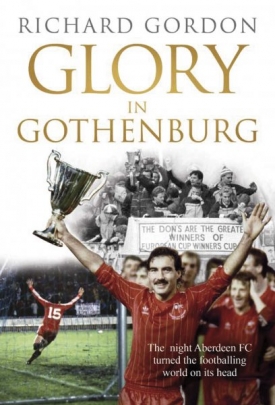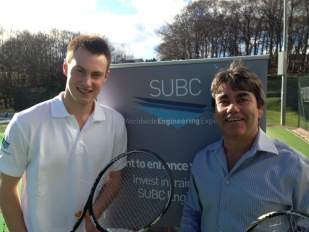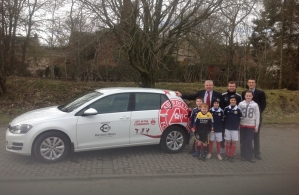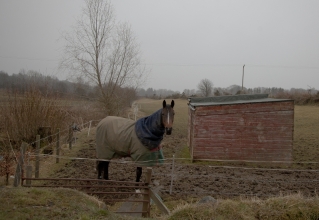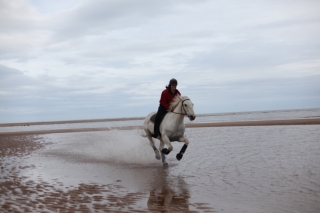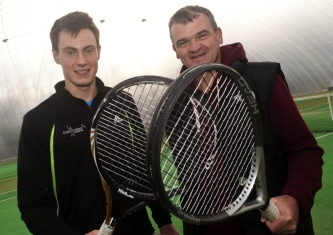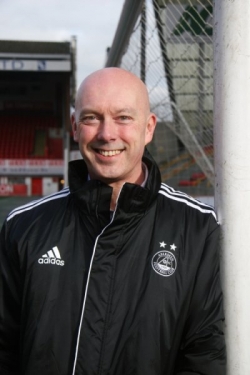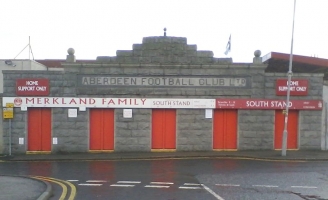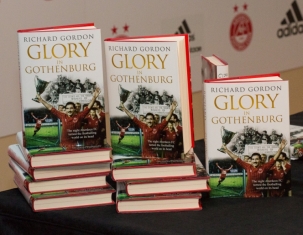If you are fond of a flutter on races such as the Grand National or simply enjoy watching horse racing on TV, you might like to consider what you are buying into. Duncan Harley writes.
Equestrian sport has a long history with records indicating that horse racing occurred in ancient Greece, Babylon, Syria, and Egypt.
In the Roman Empire, chariot and mounted horse racing were major industries as anyone who can remember the film Ben Hur will have realised.
Thoroughbred racing was, and is still of course, popular with the aristocrats and royalty of British society, earning it the title “Sport of Kings.”
I met a man in a pub a few years ago and during the course of a conversation about the world and everything he revealed that his job was to supervise Health and Safety on construction sites. The company he worked for he revealed used to “kill around 26 employees each year” due to accidents and he was very pleased to report that the figure had now dropped to 13 per year.
Jaw dropping figures however you look at them but small fry when the scale of equine death in the name of the Sport of Kings is examined.
Over the past five years around 940 race horses have died on the UK’s 60 race courses. That’s an average of 188 per year and average 3 per race course per year.
The Grand National at Aintree has a fairly poor record in this respect with an average over the last 2 years of two deaths per year for a single race, although this pales into insignificance in comparison to the Aintree’s 28 deaths over the past 5 years which equates to 5.6 horses each year.
What is the problem? Attitudes for a start say Animal Aid. The public like a flutter, the bookies like a profit and many owners view the animals as expendable once the economic value they represent has declined. In fact, leading jockey Katie Walsh has been quoted as saying “I hope to god there are no accidents but these things do happen,” and “they are horses at the end of the day!”
The style of racing, the distances and the type of events vary significantly by the country in which the race is occurring, and many countries offer different types of horse races. There are three major types of racing: flat racing, steeple chasing (racing over jumps), and harness racing, where horses trot or pace while pulling a driver in a sulky.
A major part of horse racing’s economic importance lies in the gambling associated with it, an activity that in 2008 generated a world-wide market worth around US$115 billion.
Big business however you look at it and big profits, but at what expense? Where is the Health and Safety for racehorses I wonder? Much has, of course, been made recently of the changes to the jumps at Aintree.
The Aintree course authorities have seemingly made the jumps more visual and in an effort to reduce falls at Becher’s Brook -where 13 falls and 2 fatalities have occurred in the last 5 Grand Nationals -there have been major changes.
The fence took its name from Captain Martin Becher, who fell there from his mount, Conrad, in the first official Grand National in 1839. The Captain seemingly took shelter in the brook to avoid injury. The jump originally consisted of an 8ft-wide brook with a fence set back a yard in front of the water, the ground on the landing side 3ft lower than the take-off side.
In 2011, Aintree announced new modifications to Becher’s Brook following a review of the course in the aftermath of the 2011 Grand National calamity where the public nationwide were treated to views of mayhem and dying horses.
The Daily Mail reported afterwards that:
“Death came again to the Grand National yesterday – and the horror was played out in front of a worldwide television audience of 600 million. They and the thousands who had packed Aintree for the annual cavalry charge looked on as two horses died in appalling falls.”
Amongst the changes to the course, the landing side of Becher’s was re-profiled to reduce the current drop by between 4 and 5 inches across the width of the fence. The drop is now approximately 18 inches on the inside of the course and 13 inches on the outside of the course.
This difference in drop from the inside to the outside of the fence has been retained to encourage riders to spread out across the width of the fence and also to retain the unique characteristics of the fence. The height of the fence remains unaltered at 4 ft 10 inches. All well and good, some would say, but still a real challenge when you consider that the riders and animals typically reach speeds of over 30mph when jumping this obstacle.
A fall at this speed is very likely to cause injury and death to both horse and rider.
Becher’s Brook is of course only one of the sixteen jumps which horse and rider are faced with in the Grand National. Animal aid has named Aintree as the most dangerous racecourse in the country with Becher’s Brook being seen by campaigners as a jump which should be removed forever from the circuit.
critics continue to wonder why these animals are often slaughtered rather than being put out to grass in their old age
But it’s not just deaths during races which concern animal charities however.
Animal Aid, a leading animal welfare charity, claim that for several years more thoroughbred horses have been bred than have been needed by the racing industry.
A report by the British Horseracing Authority says that in 2011 the number of thoroughbreds reported dead to the horse passport issuing authority rose by 29%, from 1,994 in 2010 to 2,574.
The report titled The Effect of the Recession on the Welfare of British Thoroughbred Horses notes: “Of these, 1,127 horses either in training, breeding or out of training were reported as killed in abattoirs, from 499 horses in 2010, an increase of 126%.”
“To solve this problem we’ve got to stop breeding so many, and then we won’t have to put so many down,” said Carrie Humble, an independent equine welfare consultant. “But I would rather see these overproduced horses dead than suffering.”
All well and good but critics continue to wonder why these animals are often slaughtered rather than being put out to grass in their old age despite the existence of the racing industries own charity for pre-loved racehorses Retraining of Racehorses (RoR). This charity has four centres in the UK and aims to re-home animals which are no longer required in the sport and give advice to those wishing to purchase at bloodstock auctions.
The situation will only get worse say campaigners, as racecourses across the UK suffer dwindling revenues and face closure. Hereford and Folkestone racecourses closed in 2012 and more may follow in their footsteps in 2013.
The British Horseracing Authority, also known as the BHA, is the regulatory authority for horse racing in Great Britain.
Its stated objectives are to:
1. Provide the most compelling and attractive racing in the world.
2. Be seen as the world leader in race day regulation.
3. Ensure the highest standards for the sport and participants, on and away from the racecourse.
4. Promote the best for the racehorse.
5. Represent and promote the sport and the industry.
Critics feel that the BHA is ineffective in promoting the “the best for the racehorse” and point to the BHA’s own admission in the Thoroughbred Owner and Breeder magazine during 2009, that 7,500 horses leave racing annually but that they could not say what happened to between 3,500 and 4,000 of that total.
A staggering admission indeed by the regulatory authority for horse racing in Great Britain, albeit from 2009, that they simply had no idea of the fate of around 50% of the animals whose welfare they purported to be promoting.
Perhaps its time for some major regulation in the racing industry.
Sources:
Comments enabled – see comments box below. Note, all comments will be moderated.
